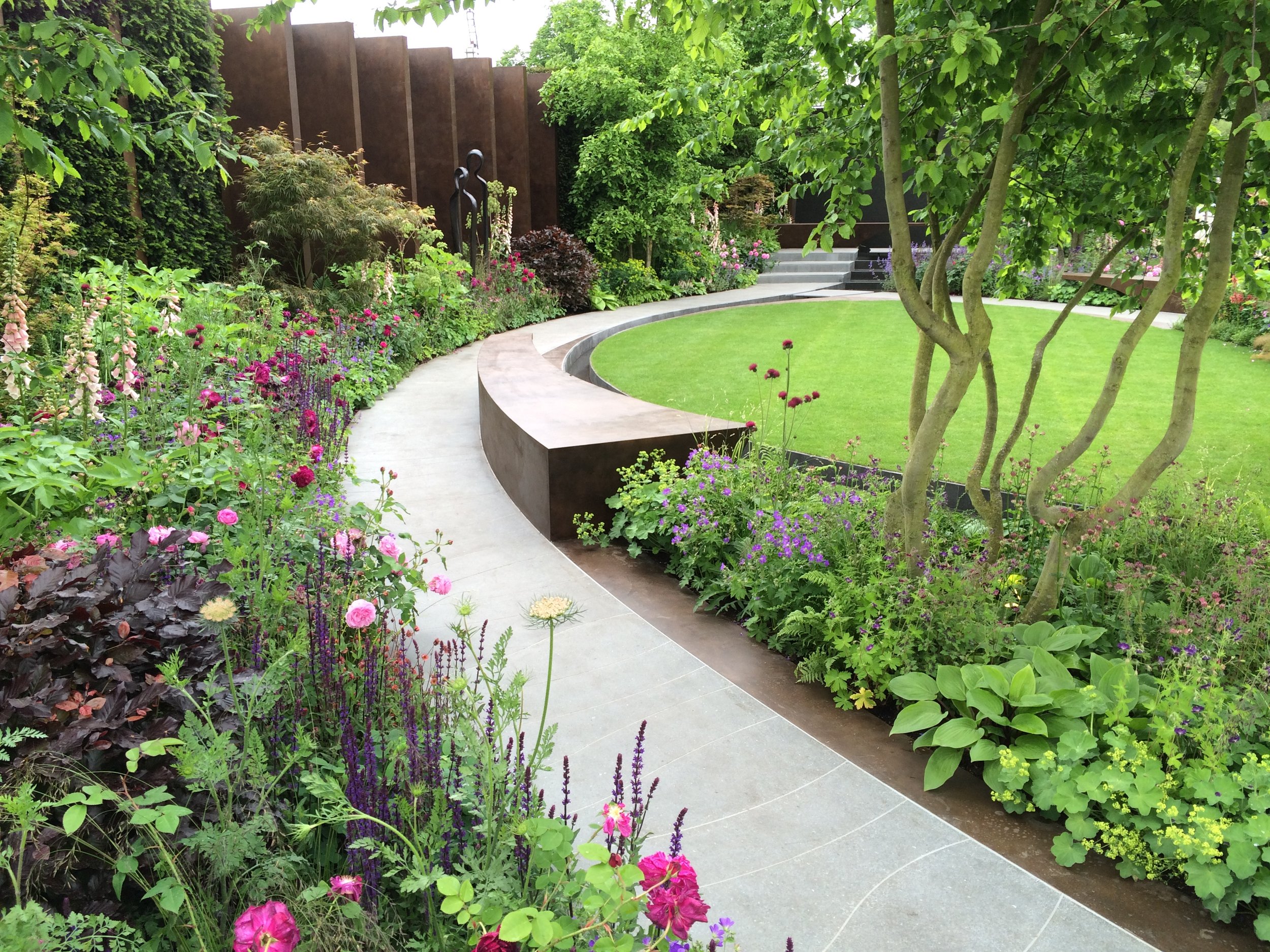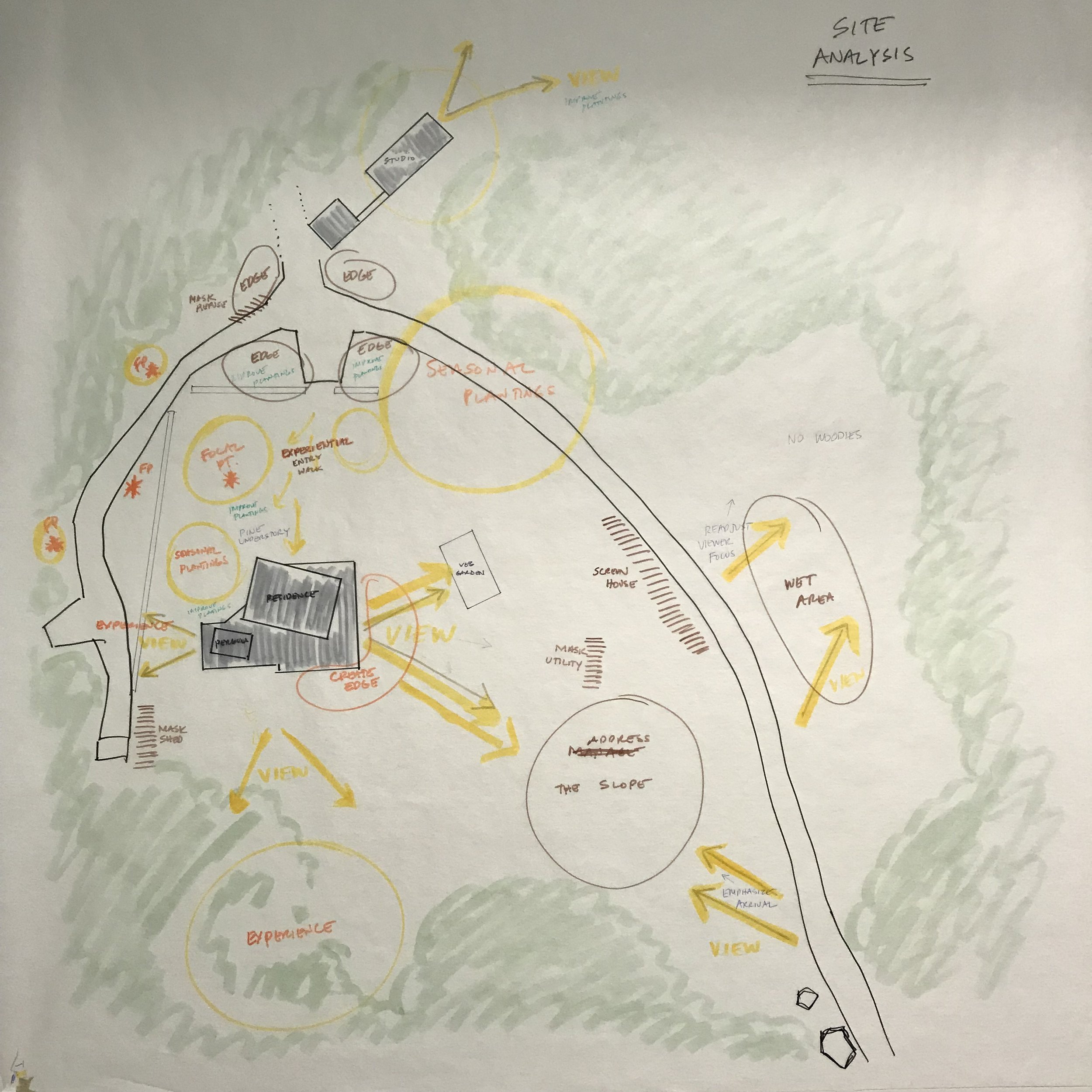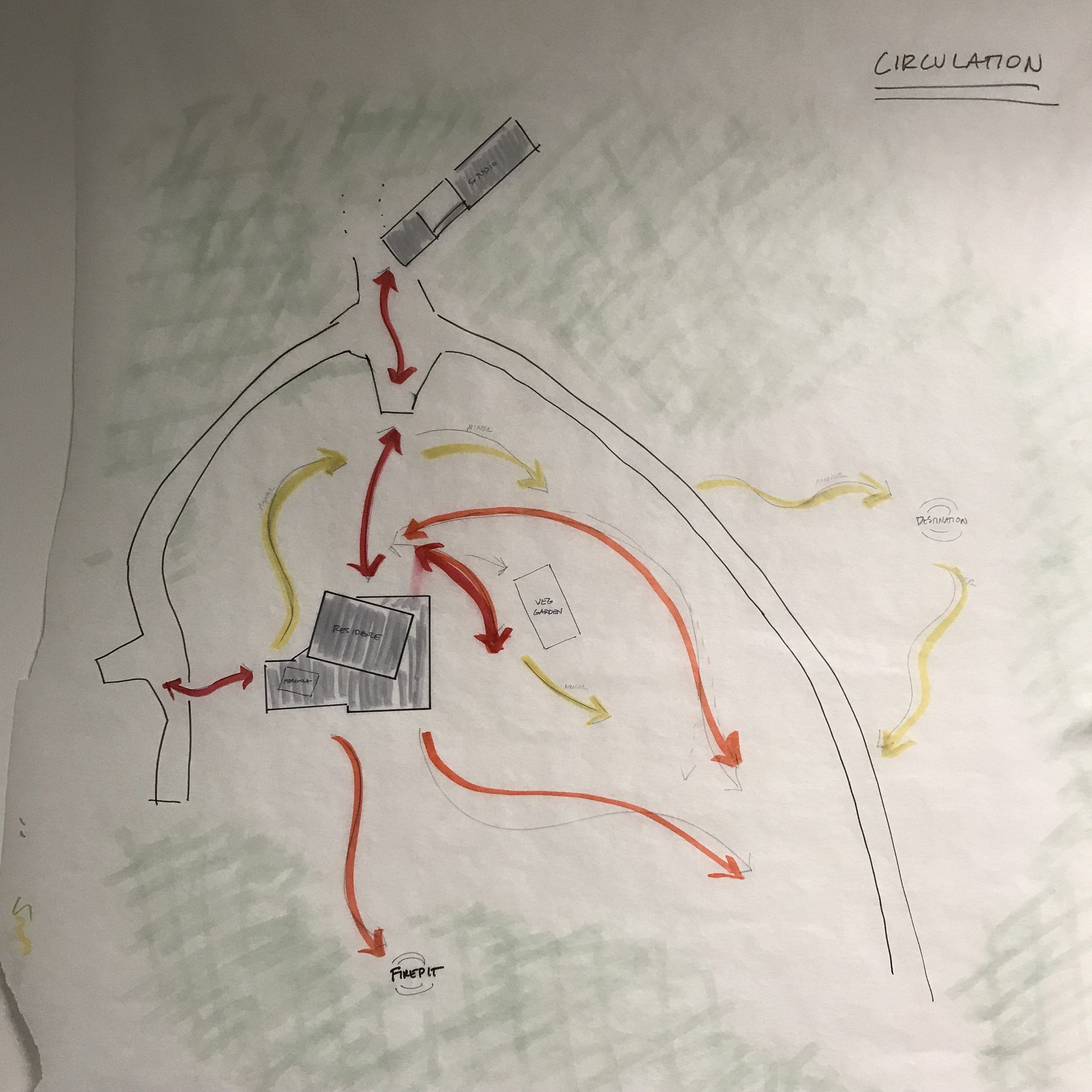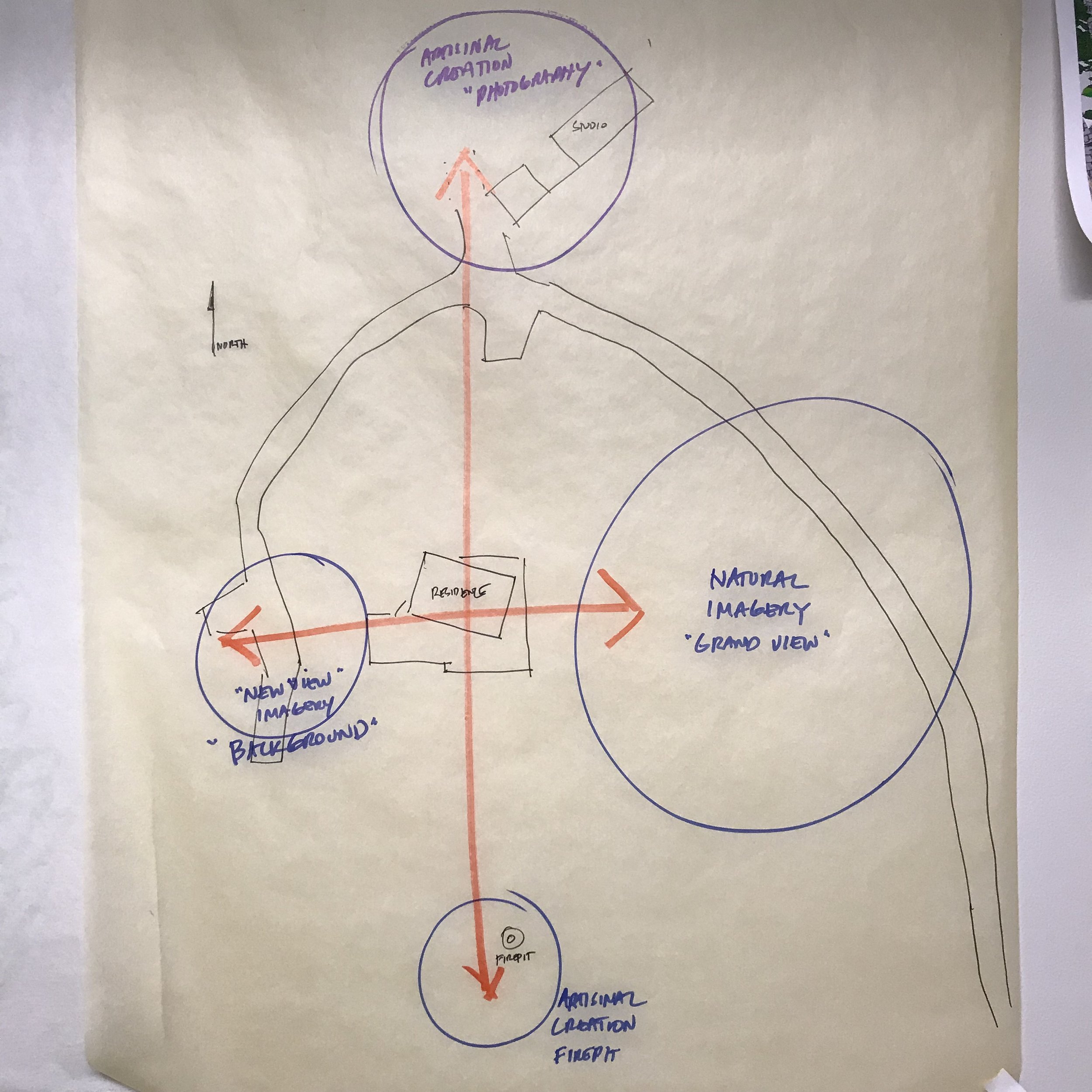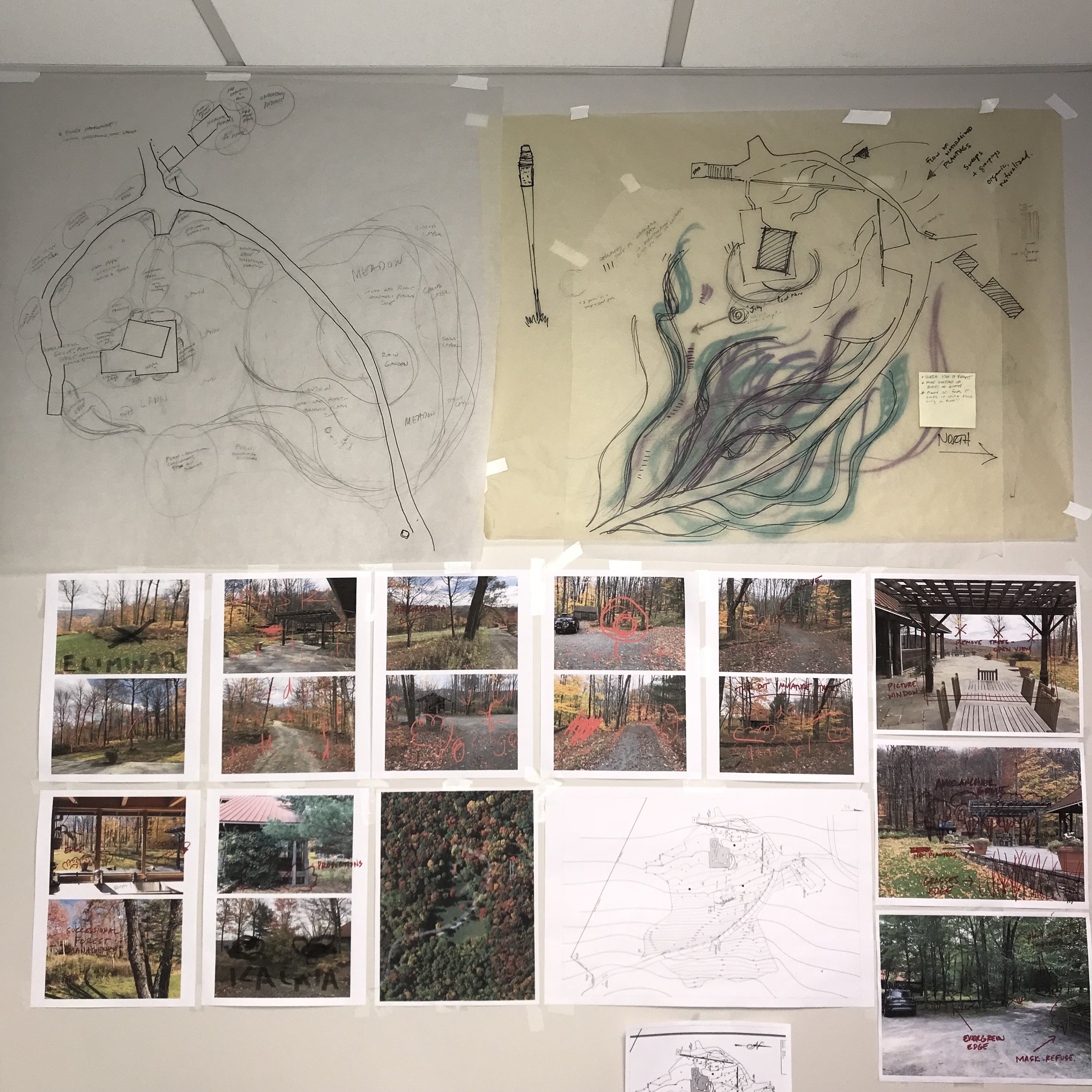Landscape design is the art and practice of arranging the physical features of a landscape in a way that is both functional and aesthetically pleasing. It involves the consideration of a wide range of factors, including the climate, soil type, topography, existing vegetation, and the desired use of the space. Landscape designers create plans that show how to arrange hardscape elements (such as patios, walkways, and walls) and softscape elements (such as plants, trees, and shrubs) to create a desired effect.
Sissinghurst Castle garden is known for establishing the design concept of “garden rooms”.
Types of Landscape Design
Landscape design can be used to create a variety of different types of outdoor spaces, including:
Residential landscapes: These landscapes are typically designed for the enjoyment of the homeowners and their families. They may include features such as patios, decks, play areas, and gardens.
Commercial landscapes: These landscapes are designed for businesses and other organizations. They may include features such as parking lots, signage, and landscaping that complements the building architecture.
Public landscapes: These landscapes are designed for the enjoyment of the general public. They may include features such as parks, playgrounds, and botanical gardens.
Principles of Landscape Design
Some of the key principles of landscape design include:
Transition: There should be a smooth transition between different areas of the landscape. For example, a walkway should not abruptly end in the middle of a lawn.
Unity: The different elements of the landscape should work together to create a unified whole. For example, the colors and textures of the plants should complement each other.
Balance: The different elements of the landscape should be balanced to create a sense of harmony. For example, the weight of a large tree can be balanced by a group of smaller shrubs.
Focalization: The landscape should have a focal point, which is an element that draws the viewer's eye. This could be a water feature, a sculpture, or a particularly beautiful tree.
Benefits of Landscape Design
Landscape design offers a number of benefits, including:
Increased property value: A well-designed landscape can increase the value of your property.
Improved curb appeal: A well-designed landscape can make your property more attractive and inviting.
Enhanced outdoor living: A well-designed landscape can provide you with a comfortable and enjoyable space to relax and entertain.
Driveway landscape design in northern Bergen County, New Jersey.
How to Hire a Landscape Designer
If you are considering hiring a landscape designer, there are a few things you should keep in mind:
Get recommendations: Ask your friends, family, and neighbors for recommendations for landscape designers.
Interview multiple designers: Once you have a few recommendations, interview multiple designers to get a sense of their style and experience.
Get everything in writing: Once you have chosen a landscape designer, be sure to get everything in writing, including the scope of work, the timeline, and the budget.
Landscape design is a complex and multifaceted field, but it is also a rewarding one. By following the principles of landscape design, you can create beautiful and functional outdoor spaces that will be enjoyed for years to come.
Rhythmic staircase. The white birches echo the posts of the white railing.


